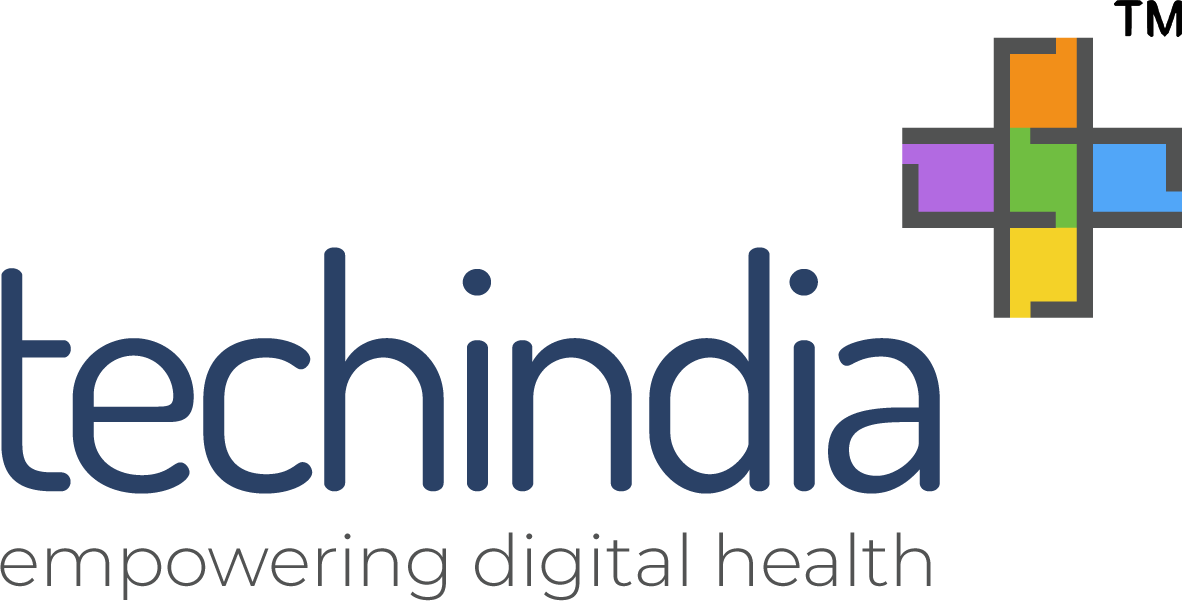- Posted: 20 Mar 2017
- Category: myblog
Mobile Technology and it's Significance During Emergencies
Six minutes or less without oxygen and the brain will start to die. Therefore, there is no other deadline as tight as those that professionals in emergency medicine have to deal with on a daily basis. With the limited scope of emergency facilities across the globe, many communities have become increasingly dependent on medicine’s dynamic shift towards mobility.
Quick Diagnostics:
The use of mobile devices can allow for instant, real-time communication with a doctor, helping patients and their families distinguish between emergency and non-emergency cases in an instant.
Patients need not travel long distances to receive crucial tests. They can simply go to a nearby telediagnostic clinic, which can give them instant access to a much-needed MRI, CT Scan or Ultrasound.
This is crucial as, in emergency situations, one’s survival often relies upon how fast the medical team zeroes in on the problem distinguishing between an ischemic stroke and a hemorrhagic stroke, for instance, can be the single factor that saves a person’s life.
Internet-linked diagnostic tools can be linked to analytic software, which can distinguish deviations from normal in the blink of an eye. What’s more, in cases where automated analysis is not possible, a specialist can immediately begin work on the diagnosis. The patient need not wait for the specialist to wake up in the middle of the night and drive to the hospital for this. The doctor doesn’t even need to have a picture archiving or communication system at home. All she needs is internet and access to a mobile device.
Monitoring At-Risk Patients:
Emergency admissions are far more common in patients who have known health conditions. One advantage of this is that, often, there will be hidden signs of the problem long before the patient actually experiences symptoms.
Mobile diagnostic tools can now be used to detect heart rate, respiratory rate, blood pressure and temperature at regular intervals, ensuring that any changes will not go unnoticed. As well, modern pacemakers and even glucose monitoring tests can now stream data live to the doctor’s own mobile device. Any arrhythmias or glycemic problems will therefore send her device into alert. The doctor can, therefore, estimate which patients are likely to have an adverse event, and recommend intervention or a diagnostic check well before an emergency.
Accidents Happen:
But even in those who do not have a history of chronic illness, accidents can be a problem. Mobile services tailored for such emergencies can help trained bystanders give first aid, as well as keep the incoming paramedics updated on the patients’ status before they arrive at the scene. Because they already have a detailed initial assessment, they can prepare for an immediate medical intervention shortly upon arrival.
This could significantly reduce the number of fatalities in workplaces that contain hazards or in places where road accidents are common.
Developing Tech:
The contributions of mobility to the health care system, at present, is just barely scratching the surface of all the possibilities. As physicians and programmers alike continue to refine and develop Internet of Things technology, fast and quality will become increasingly
Recent Post

We're helping some of the most respected names in healthcare deliver measurably better outcomes. Let us show you what personally Human & AI integrated solution can do for your organization. While filling the form, please fill in the information more specifically that you are looking for.
Thank you for your query! We will get back to you shortly!!

